Gender and Diversity
The gender income and wealth gap remains a persistent issue of policy concern, despite long-run increases in women’s participation in tertiary education and employment, and advancements in policies promoting gender equity in Australia. Existing BCEC research highlights significant gender pay gaps in the workplace, which in turn can exacerbate other forms of gender inequity such as slowing the rate of accumulation of superannuation wealth, increased reliance on government income support over the life course, and increased exposure to poverty in old age. Research under this theme sheds light on issues that affect gender equity in WA and nationally, including gender pay and wealth gaps, women’s representation in senior leadership, occupational segregation, the effects of informal care roles on employment outcomes and gendered differences in age discrimination in labour markets.
Related Projects
See All WA Women’s Report Card 2022
WA Women’s Report Card 2022
 WA Women’s Report Card 2019
WA Women’s Report Card 2019
 Missing girls: Understanding the causes
Missing girls: Understanding the causes
 Inside the black box: Intra-household resource allocations of older couples
Inside the black box: Intra-household resource allocations of older couples
 BCEC|WGEA Gender Equity Insights Series
BCEC|WGEA Gender Equity Insights Series
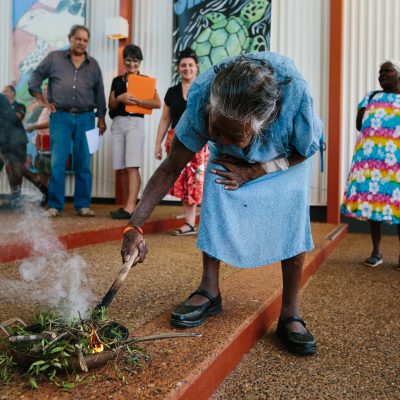 Developing Culturally Relevant Indicators of Wellbeing: A Yawuru Example
Developing Culturally Relevant Indicators of Wellbeing: A Yawuru Example
Related Publications
See All — Nationally 64,100 jobs added in September as male full-time employment surges 1.1 per cent in a single month. — — Unemployment rate steady at 4.1 per cent, after August figure revised down. — — Public sector employment growth conflicting with... Read article
— Nationally 64,100 jobs added in September as male full-time employment surges 1.1 per cent in a single month. — — Unemployment rate steady at 4.1 per cent, after August figure revised down. — — Public sector employment growth conflicting with... Read article
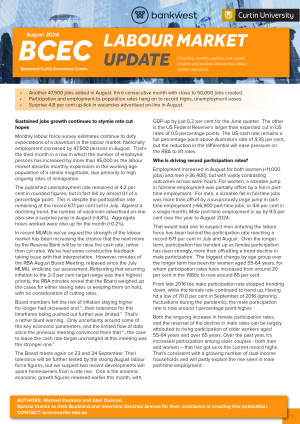 Sustained jobs growth continues to stymie rate cut hopes Monthly labour force survey estimates continue to defy expectations of a downturn in the labour market. Nationally employment increased by 47,500 persons in August. That’s the third month in a row... Read article
Sustained jobs growth continues to stymie rate cut hopes Monthly labour force survey estimates continue to defy expectations of a downturn in the labour market. Nationally employment increased by 47,500 persons in August. That’s the third month in a row... Read article
 United Nations Sustainable Development Goal 8 (SDG8) focuses on decent work and economic growth. It promotes decent work for the benefits it provides to individuals, businesses, investors and the economy. At the business level, these benefits include improved productivity, strengthened... Read article
United Nations Sustainable Development Goal 8 (SDG8) focuses on decent work and economic growth. It promotes decent work for the benefits it provides to individuals, businesses, investors and the economy. At the business level, these benefits include improved productivity, strengthened... Read article
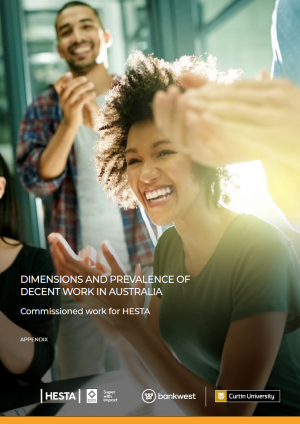 APPENDIX United Nations Sustainable Development Goal 8 (SDG8) focuses on decent work and economic growth. It promotes decent work for the benefits it provides to individuals, businesses, investors and the economy. At the business level, these benefits include improved productivity,... Read article
APPENDIX United Nations Sustainable Development Goal 8 (SDG8) focuses on decent work and economic growth. It promotes decent work for the benefits it provides to individuals, businesses, investors and the economy. At the business level, these benefits include improved productivity,... Read article
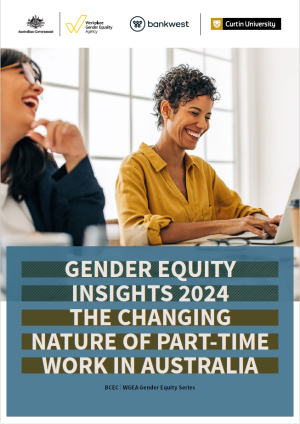 The ninth report in the BCEC|WGEA Gender Equity Insights series provides an in-depth analysis of the evolving nature of part-time work and implications of this change for the future of work in Australia, finding: Part-time roles dropped by 3.2 percentage points... Read article
The ninth report in the BCEC|WGEA Gender Equity Insights series provides an in-depth analysis of the evolving nature of part-time work and implications of this change for the future of work in Australia, finding: Part-time roles dropped by 3.2 percentage points... Read article
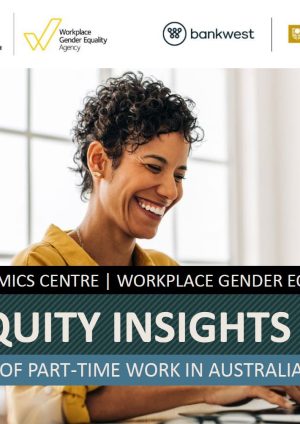 View the publication by lead authors Professor Alan Duncan, Director, Bankwest Curtin Economics Centre, and Dr Silvia Salazar, Senior Research Fellow, Bankwest Curtin Economics Centre, from the launch of the report Gender Equity Insights 2024: The changing nature of part-time work... Read article
View the publication by lead authors Professor Alan Duncan, Director, Bankwest Curtin Economics Centre, and Dr Silvia Salazar, Senior Research Fellow, Bankwest Curtin Economics Centre, from the launch of the report Gender Equity Insights 2024: The changing nature of part-time work... Read article

